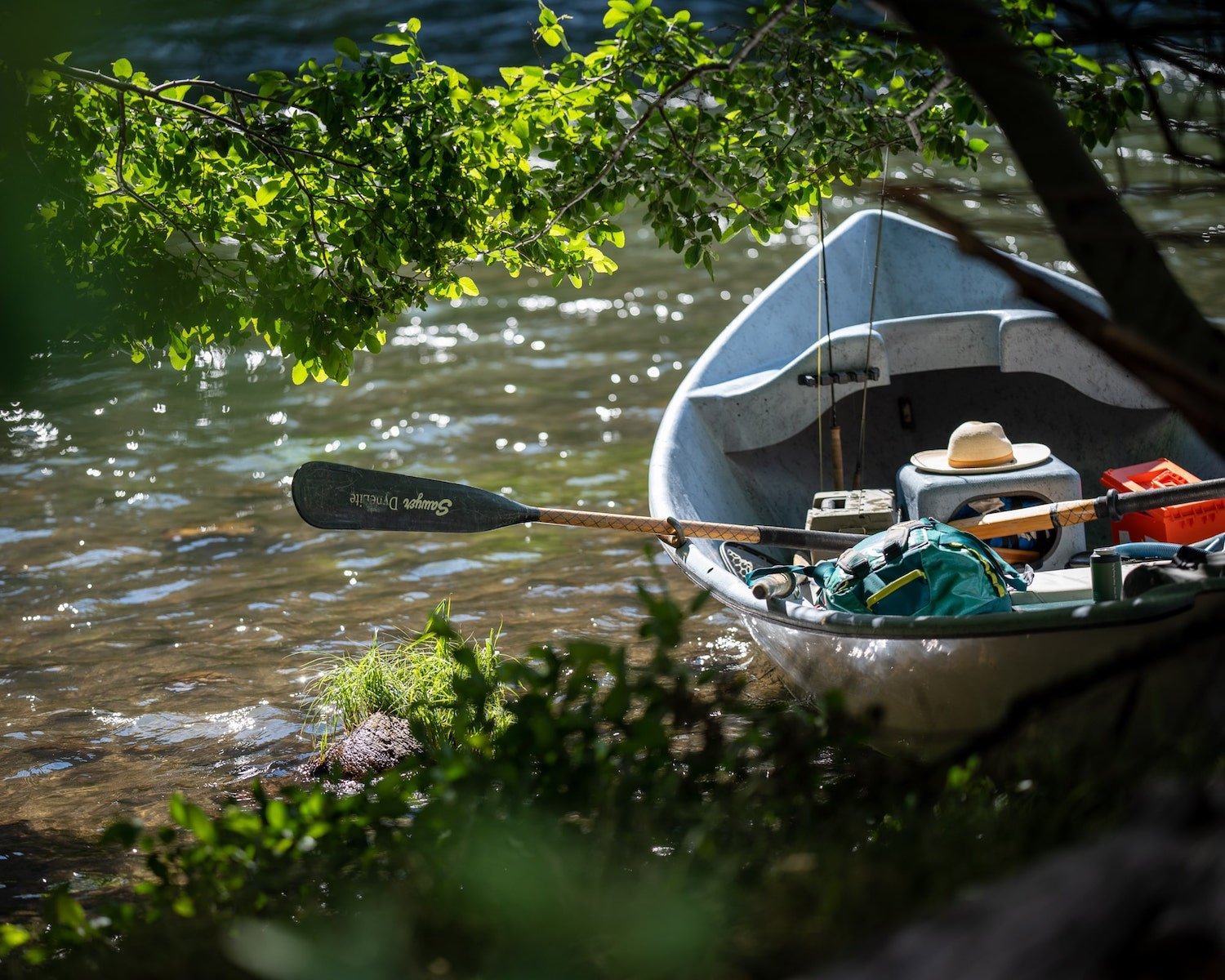Temp Violations Mark the Beginning of Salmon, Steelhead Spawning Season
The end of one salmon life marks the beginning of another. Photo Courtesy of NOAA-Fisheries.
Healthy Fish Demand Colder, Cleaner H20
This week marks the beginning of the designated steelhead and salmon spawning season on the lower Deschutes River. To protect these fish, stricter standards for temperature and dissolved oxygen are applied. Since early April, the DRA has maintained two monitoring stations in the river, one at Warm Springs and another at Maupin. As of Tuesday, October 15th, the first day of spawning season, temperature at both locations has been violated, and in addition, DO at the Maupin site has been violated.
By the Numbers
The standard for pH remains at 8.5 year-round. However:
The temperature standard is now 13°C 7-DADM (DADM means a 7-day average of the daily maximum temperatures) for the whole river. Outside this designated spawning period, which runs from October 15th to June 15th from the reregulating dam to Warm Springs, and October 15th to May 15th from Warm Springs to the mouth, the standards are more relaxed: 16°C from the reregulating dam tailrace to the Warm Springs River and 18 °C from Warm Springs River to the mouth.
The Dissolved Oxygen standard is now 9.0 mg/L absolute minimum from the reregulating dam tailrace to the Warm Springs River and is 11.0 mg/L 7-Day mean minimum from Warm Springs River to the mouth. The higher standard reflects research which shows that incubating salmon eggs need sufficient levels of intergravel dissolved oxygen.
Tell Gov. Kotek Salmon Need Cooler, Cleaner Water
Quick background: water quality standards are set to protect aquatic life. Spawning periods for salmon and steelhead demand the highest levels of protection. Just like humans, pre-natal and neonatal conditions for salmonids will influence degrees of success in later stages of life. Violations of all three standards (temperature, pH and DO) at the Maupin station, and of temperature at Warm Springs, means that the future of this year’s offspring is at risk.
Worse, pH has been past the allowable limit at the Maupin station every day since the DRA’s monitoring season began in early April.
State regulatory agencies have the power to enforce these vital standards, but are choosing to look the other way.
If you haven’t taken the time yet to write Oregon’s Governor Tina Kotek request that she deploy her considerable influence to have DEQ enforce existing water quality laws, this week would be a good time to do just that. The future of lower Deschutes River salmon and steelhead may depend on it.
More From The Blog
Subscribe the the DRA Newsletter
The Deschutes River Alliance is your focused voice to protect the lower Deschutes River, its cold water flows and the fish and wildlife that are sustained by them. We send regular emails with important data and news about the lower Deschutes River. We will not sell or loan your contact information to others.
How to Support the DRA
Everyone wants clean, healthy water in the Deschutes River. Oregonians cherish our clean and healthy waterways to provide drinking water, wildlife habitat and recreational activities. The lower Deschutes River is a federally designated Wild & Scenic River, and a national treasure. It must be protected for the environmental and economic health of Central Oregon. We believe by working together we can return the lower Deschutes River to full health.






















